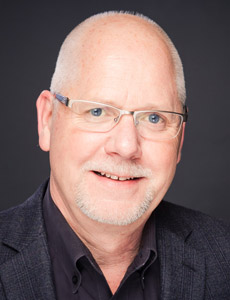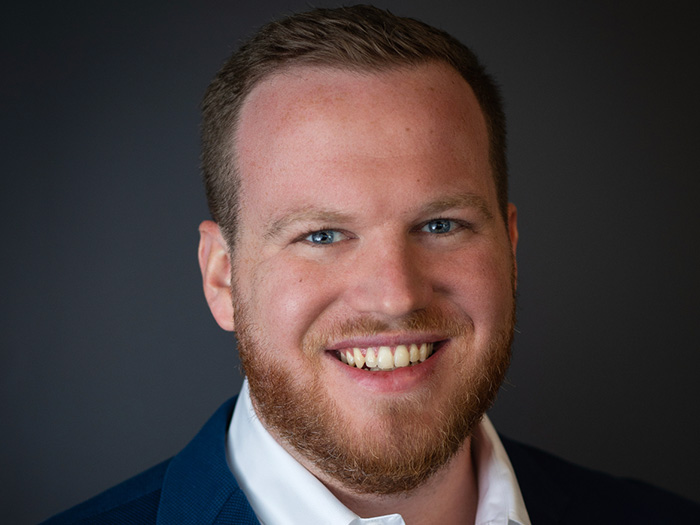Brokerage
Specialization Aids Broker Success

Focusing on niches and leveraging the latest technologies are two ways successful insurance agencies are boosting their bottom lines – even as organic growth across the sector has slowed a bit, according to the Independent Insurance Agents & Brokers of America (IIABA or the Big I).
A survey of 260 so-called “best-practices” agencies determined by the trade group and Reagan Consulting found that best-practices firms grew organically by an average of 6.9 percent in 2015, down from the recent high of 9 percent in 2012, according to the “2016 Best Practices Study.”
While growth has slowed, the best practices agencies found that specialization enhances growth and creates new revenue streams.
“We write this type of coverage all over the state because we get a lot of referral business through word-of-mouth.” Dennis Hilton, president and CEO, Cheney Insurance
One of the best-practices agencies in the study, Cheney Insurance in Damariscotta, Maine, developed a niche for insuring “Maine guides,” professionals who guide clients through outdoor activities such as hunting, fishing and kayaking, said Dennis Hilton, the agency’s president and chief executive officer.
“Maine guides can have basic or more unique exposures depending on their operations, in terms of their cabins, camps or lodges, as well as their boats, canoes and kayaks,” Hilton said. “Our agents are very familiar with the unique exposures associates with guiding, and the many requirements they need to be concerned with.”
For example, his staff has the expertise to help guides complete the paperwork and provide certificates of insurance required by large corporate landowners that allow guides to access their property during the various hunting seasons.
The agency handles these types of issues frequently, whereas many other agencies in the state do not have that level of expertise, Hilton said.
“We write this type of coverage all over the state because we get a lot of referral business through word-of-mouth,” he said. “As a result, we write more coverage for Maine guides than any other agency.”

Blake Johnson, president, Minard-Ames Insurance Services LLC/Insurica
Another best-practices agency, Minard-Ames Insurance Services LLC/Insurica in Phoenix, specializes in brokering insurance for the construction industry, said Blake Johnson, president.
“Fortunately for us, the construction industry relative to insurance has become very complex, requiring a high degree of technical expertise,” Johnson said. “This has provided us a tremendous advantage and increased our value proposition significantly.
“For contractors today, it’s all about staying out of trouble, and how we can help them accomplish that.”
For example, contracts are an important part of every construction project, as the construction industry tends to be fairly litigious, he said. As such, ensuring proper risk transfer within these contracts is critical, and insurance plays a major role.
“Whether that advice is to a general contractor regarding what to require of those working for them or advising a subcontractor when the requirements imposed upon them exceed that for which they are insured — or are simply unreasonable. It is all part of how we partner with our customers,” Johnson said.
Focusing on this niche also enables his firm to be able to attract new producers: “They come to us because our reputation within the construction industry provides them a leg up,” he said.
Best-practices agencies are also leveraging new technologies, according to the IIABA study, which cited data from CB Insights that showed more than $1 billion in technology investments by insurance startups during the first half of 2016.
Cheney Insurance has a mobile app that assists its customers in various scenarios, Hilton said.
Another trend noted in the IIABA study is the significant increase in the average age of employees at most agencies.
If they are involved in an auto accident, the app helps them take photos of the vehicles and the scene, which can then be sent directly to the agency. Customers with homeowner policies can use the app to create a household inventory, taking photos of big items in case they are ever stolen or damaged.
The agency provides the app through a subscription with a mobile app vendor, Insurance Agent.
“We also excel at collecting and leveraging client email addresses,” he said. “Most agencies don’t do a very good job of soliciting emails from clients, but we have acquired 85 percent of our client emails by incentivizing our staff to always ask, and then we use automated digital marketing technology to stay in close contact.”
The agency sends clients birthday or seasonal e-cards, and many people respond very favorably, “which keeps our agency in the top of their mind for the next time they may have an insurance need,” Hilton said.
Minard-Ames Insurance Services provides technology that offers a template for its construction firm customers to issue their own pre-approved certificates of insurance or endorsements, such as for additional insureds or waivers of subrogation.
“This saves our customers time, as they can do it 24/7 and from their mobile phones,” Johnson said.
Another trend noted in the IIABA study is the significant increase in the average age of employees at most agencies.
“Savvy firms are placing an emphasis on early succession planning for all key leadership positions,” according to the IIABA. “Best-practices agencies recognize that their future independence hinges on creating an environment that attracts and retains talented employees to successfully perpetuate their business.”
The study also noted that the pace of consolidation has steadily increased since 2009, coming off low merger and acquisition activity during the Great Recession. According to SNL Financial, 469 transactions were announced in 2015.
Every three years, the trade group collaborates with Reagan Consulting to select “best practices” firms throughout the nation for outstanding management and financial achievement in six revenue categories ranging from less than $1.25 million to more than $25 million.
Agencies are nominated by either a Big I-affiliated state association or an insurance company, and qualified based on operational excellence. Financial and benchmarking information for the participating agencies are also reviewed and updated for the following two years.
This is the 24th edition of the annual benchmarking analysis and the first year of the current three-year study cycle.










